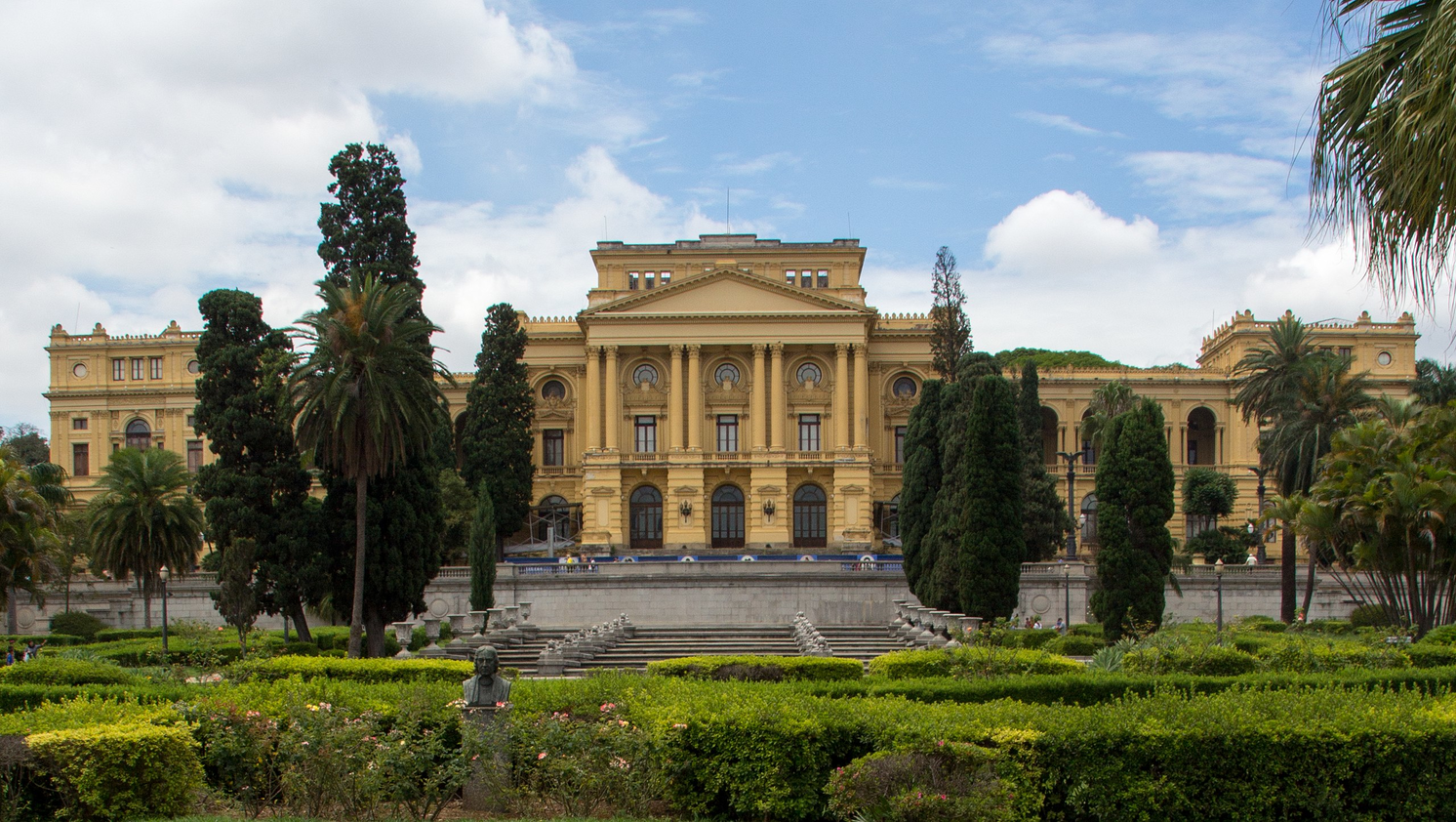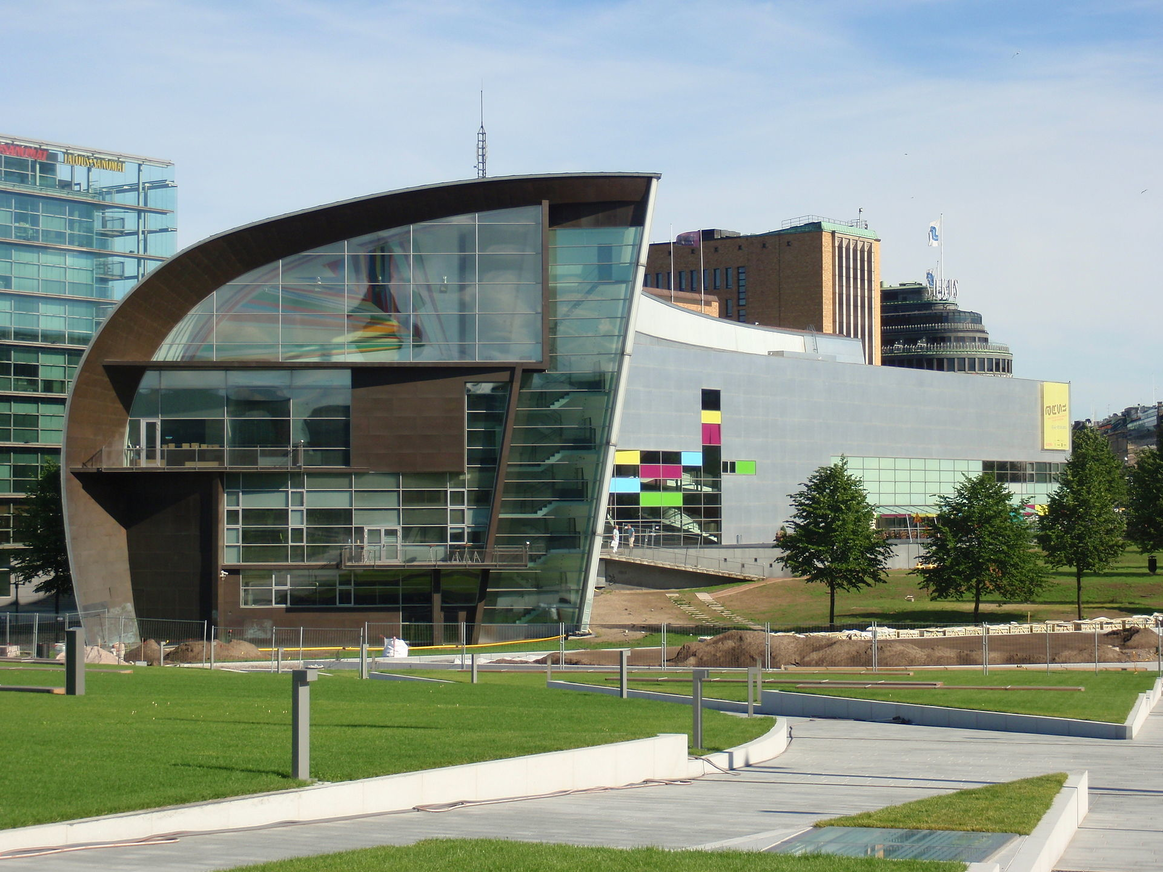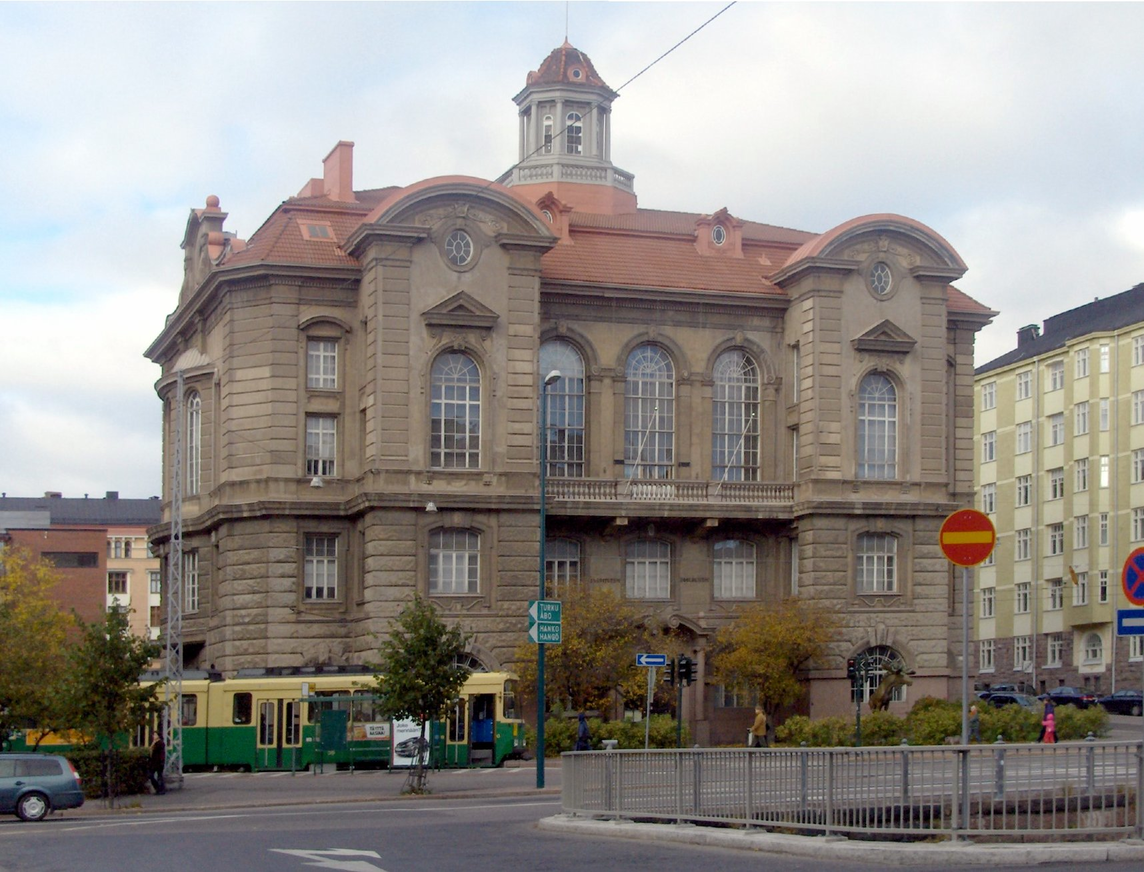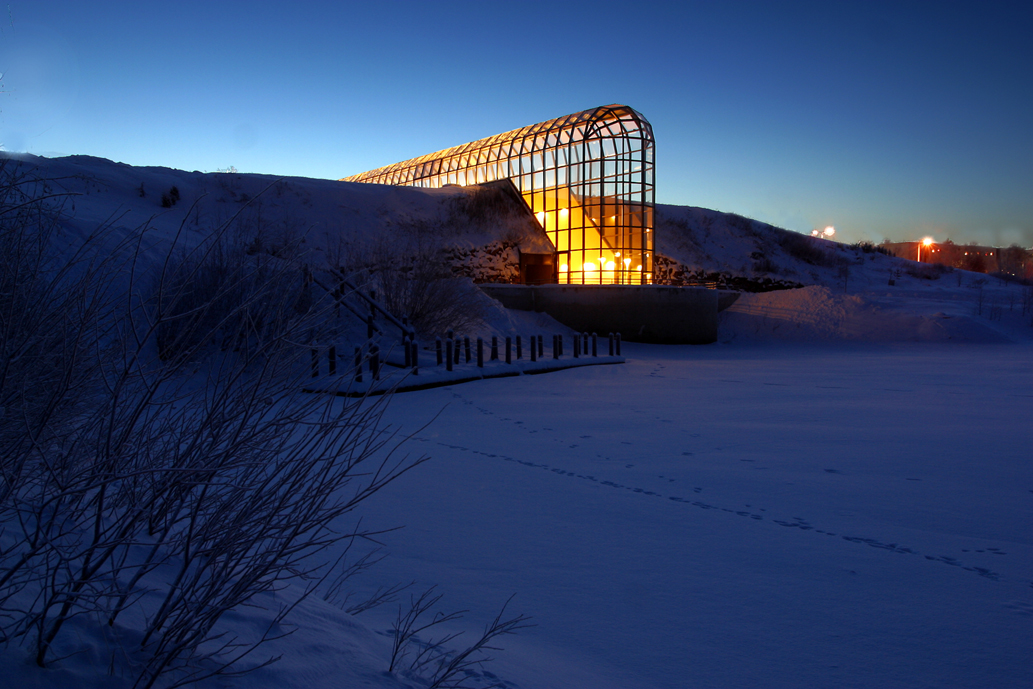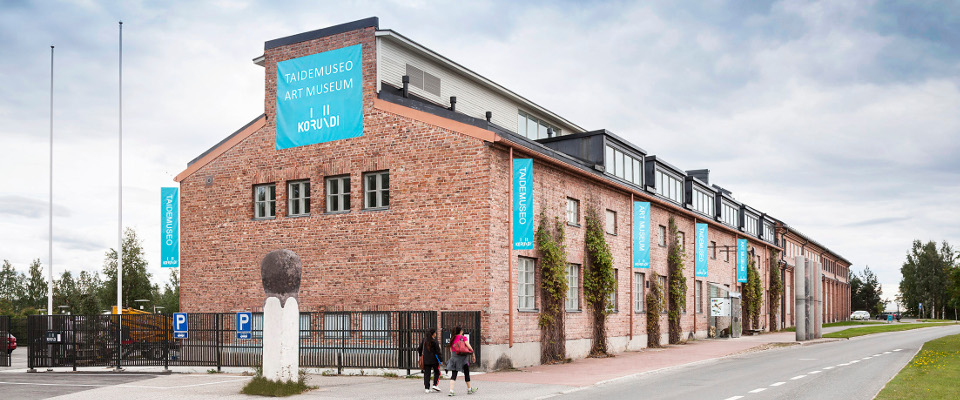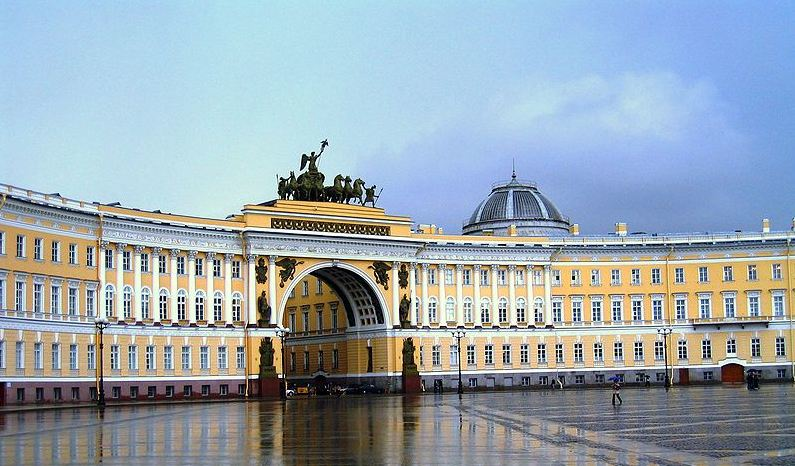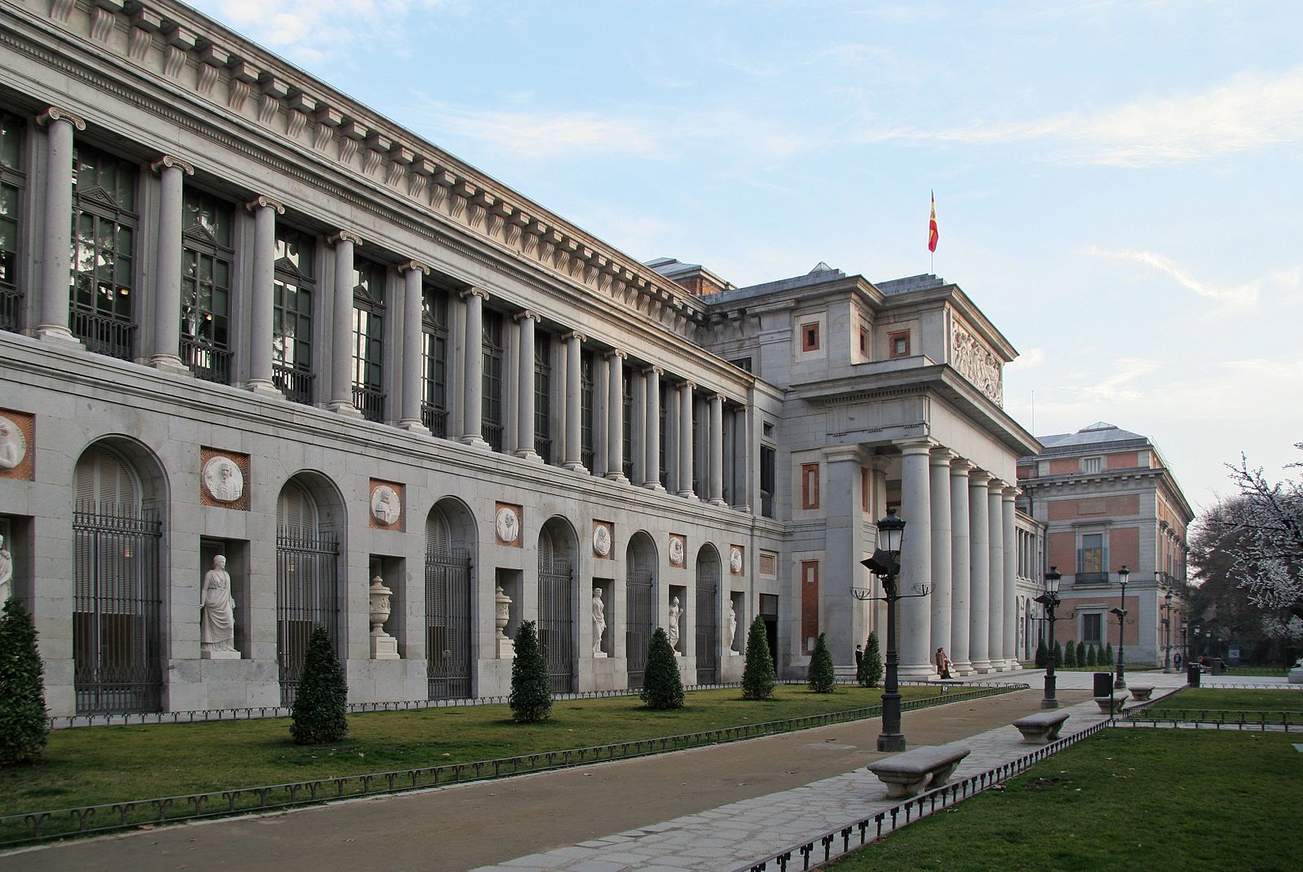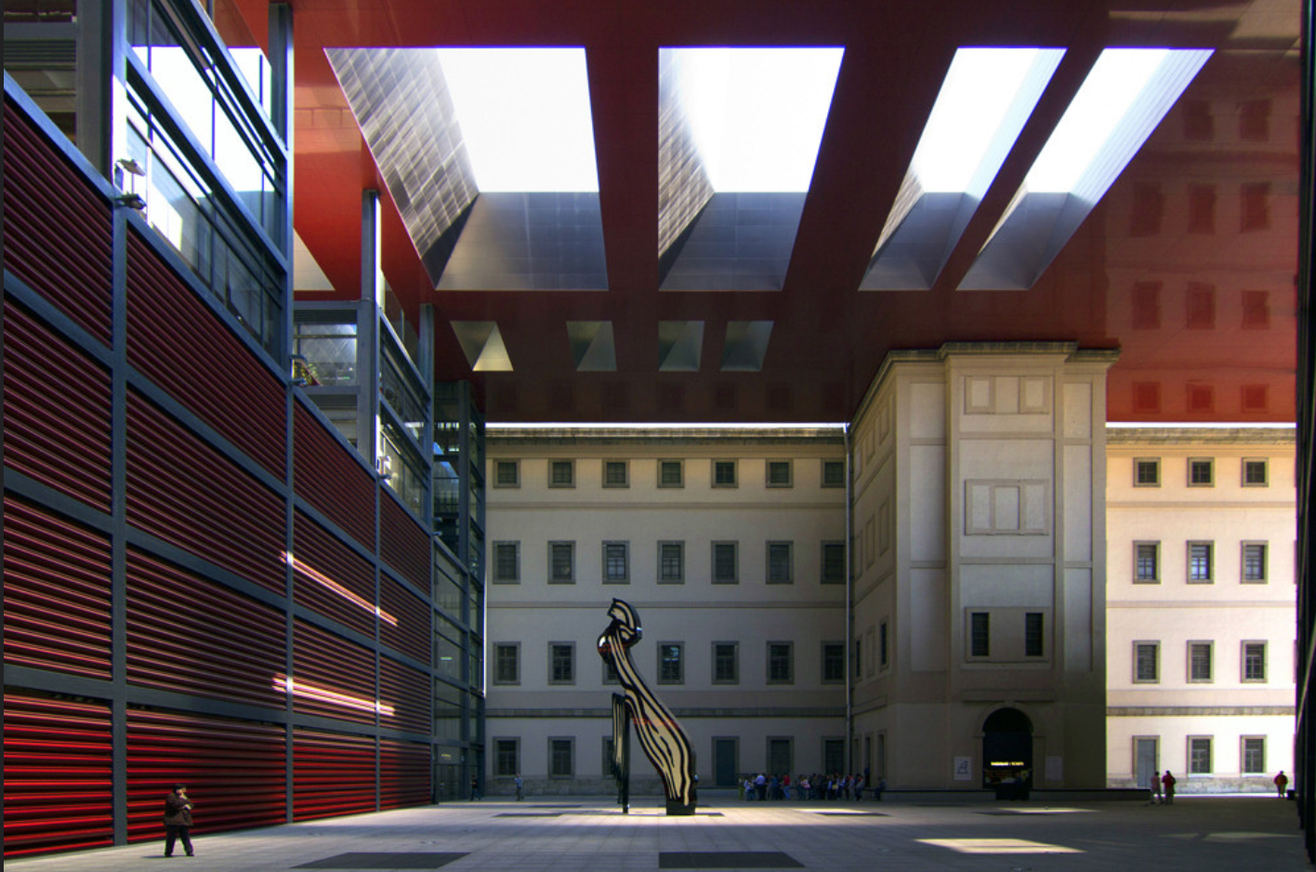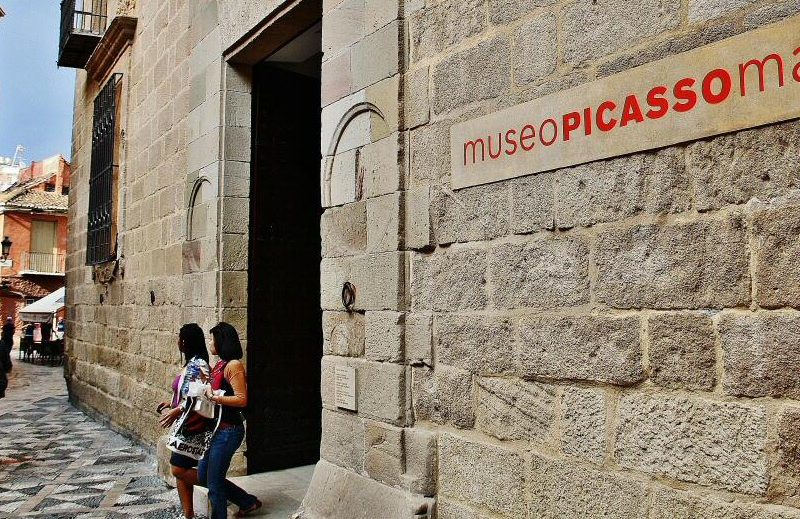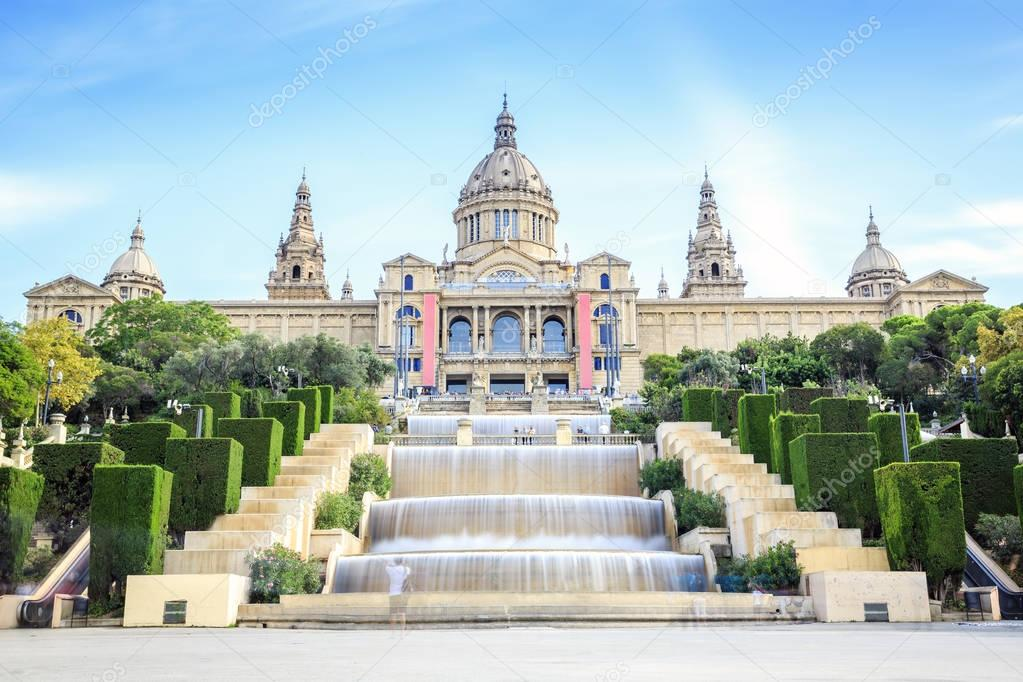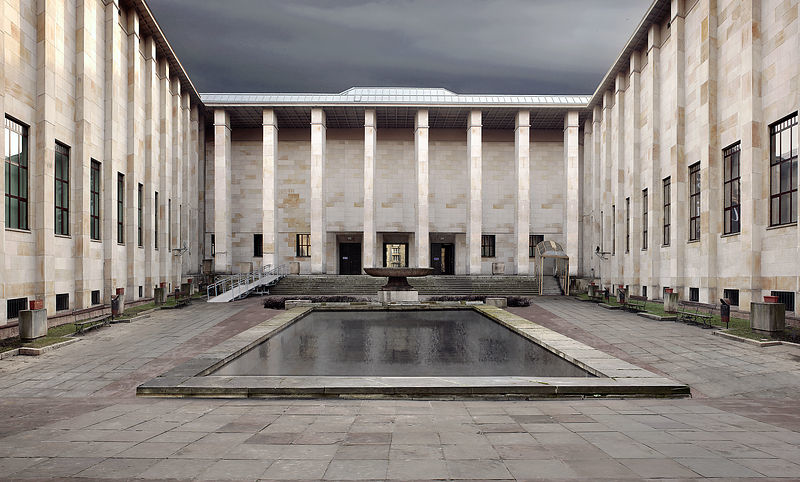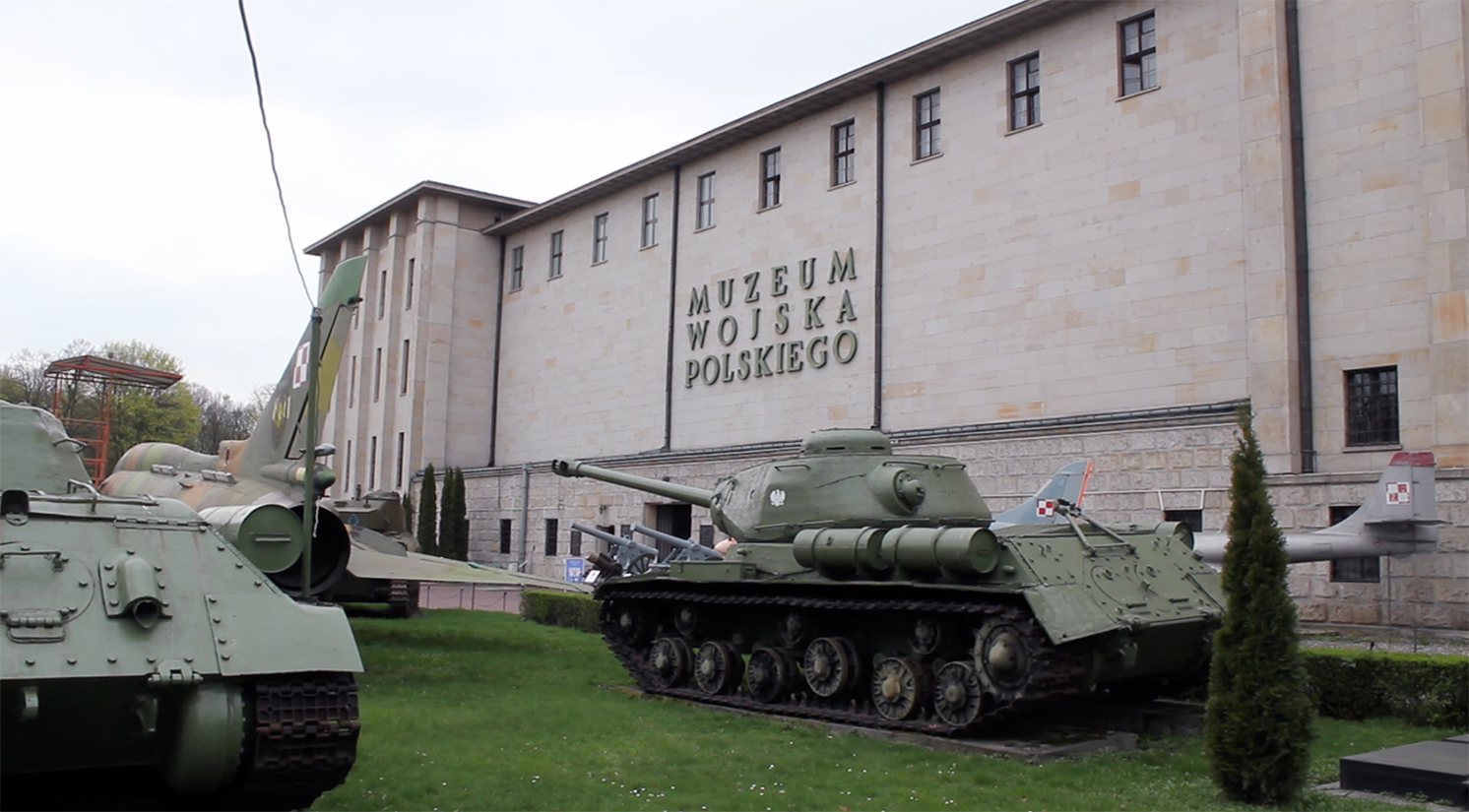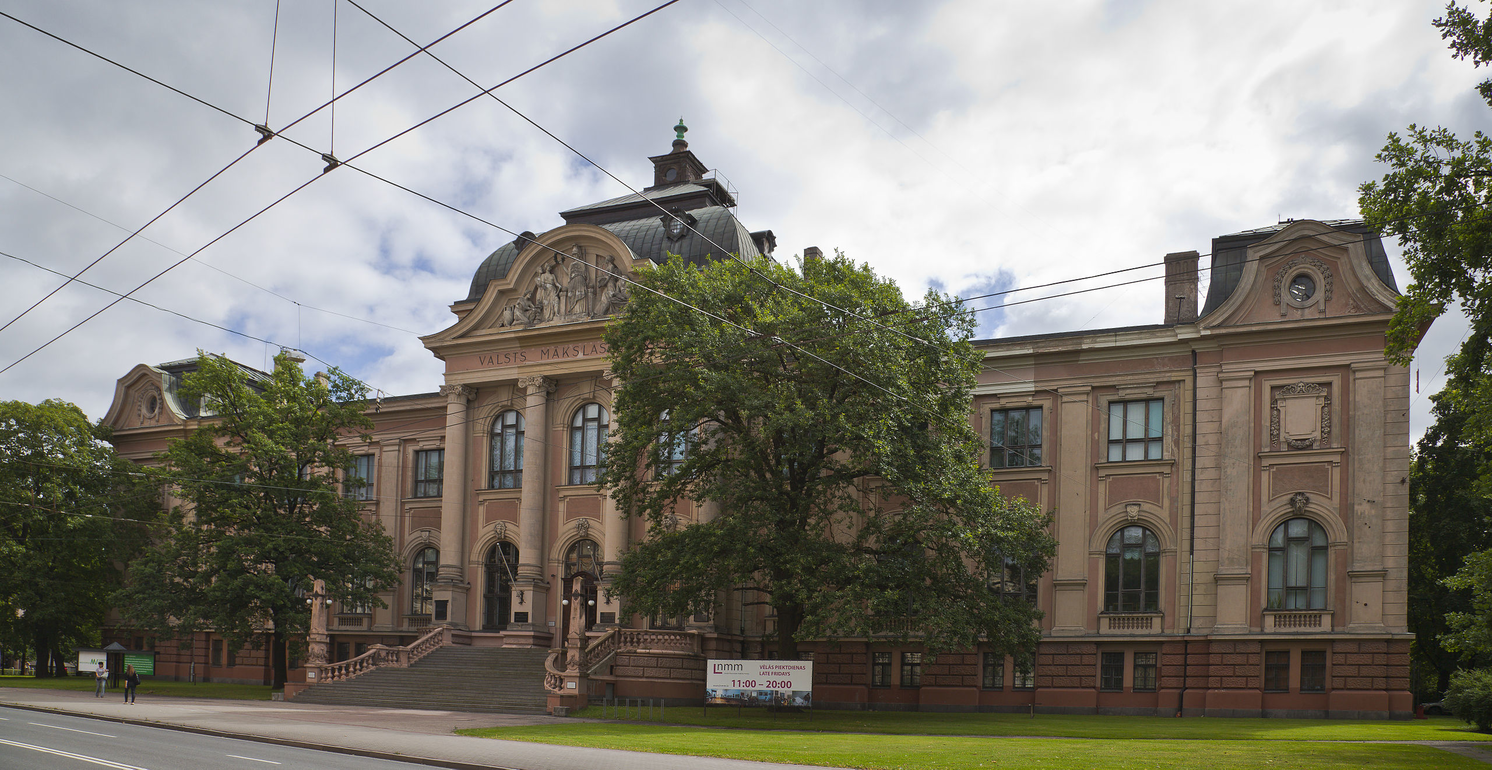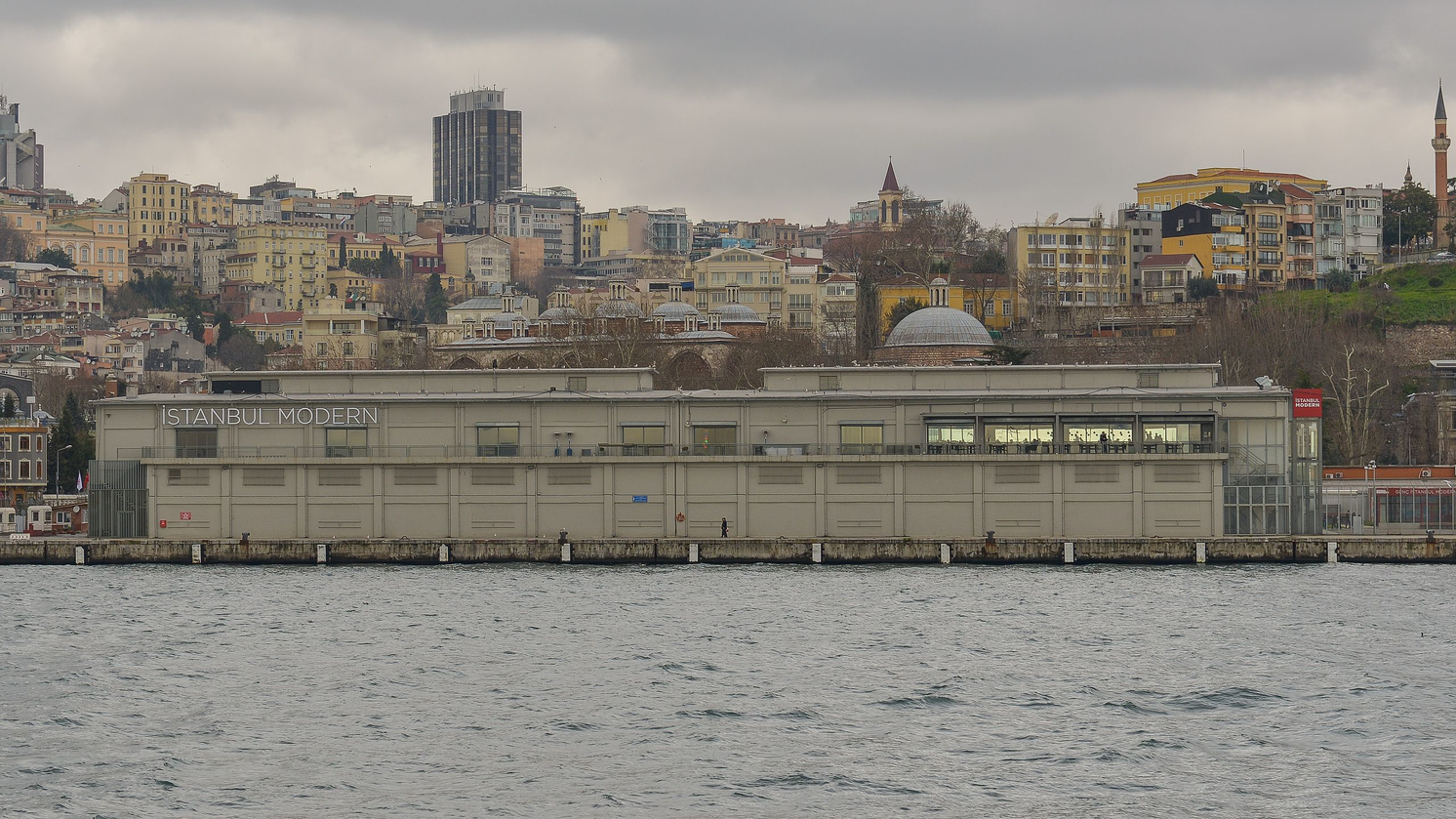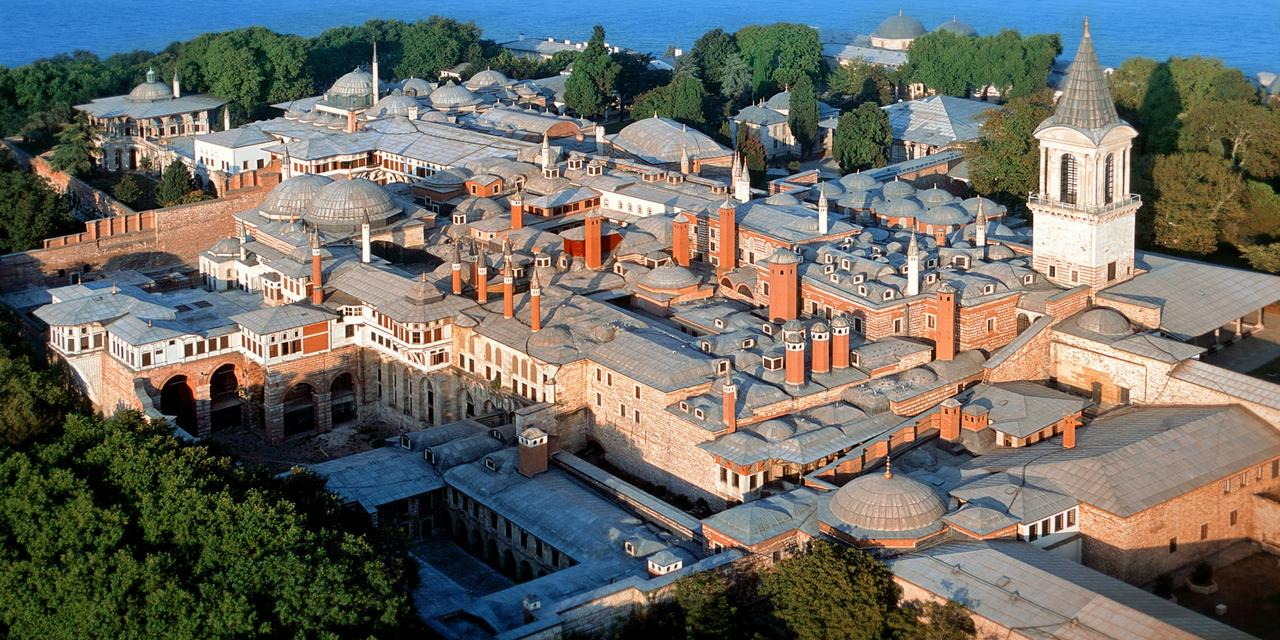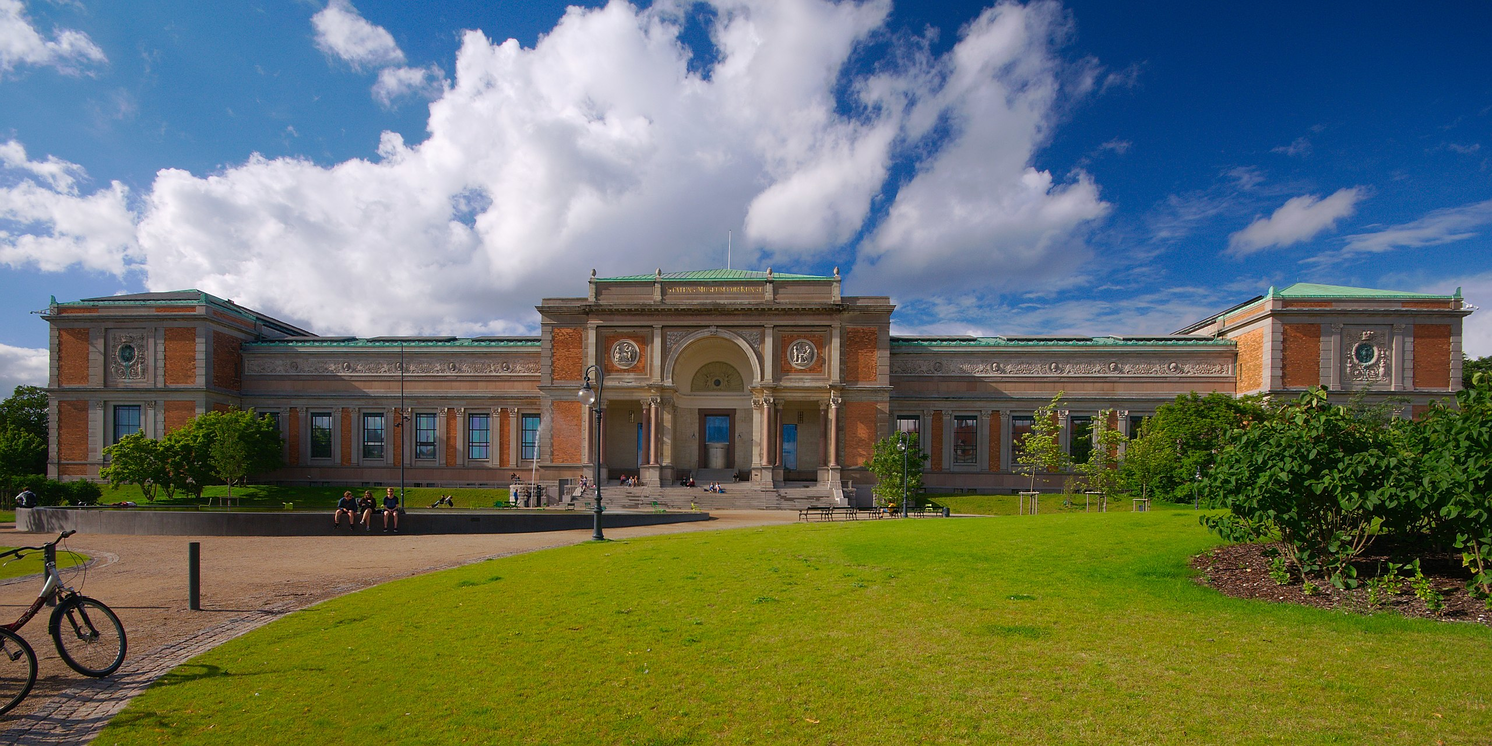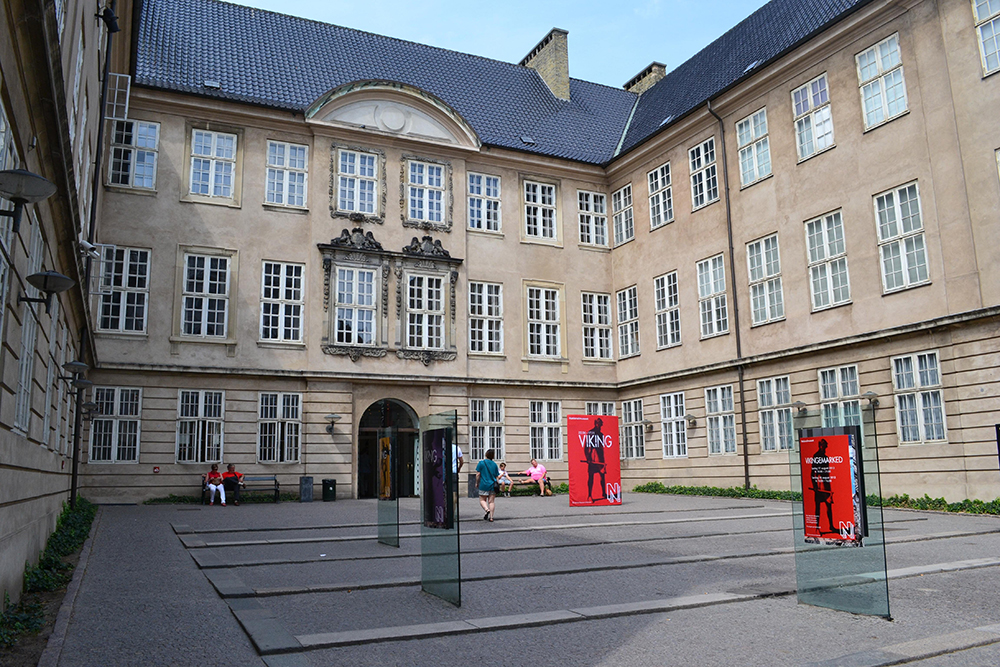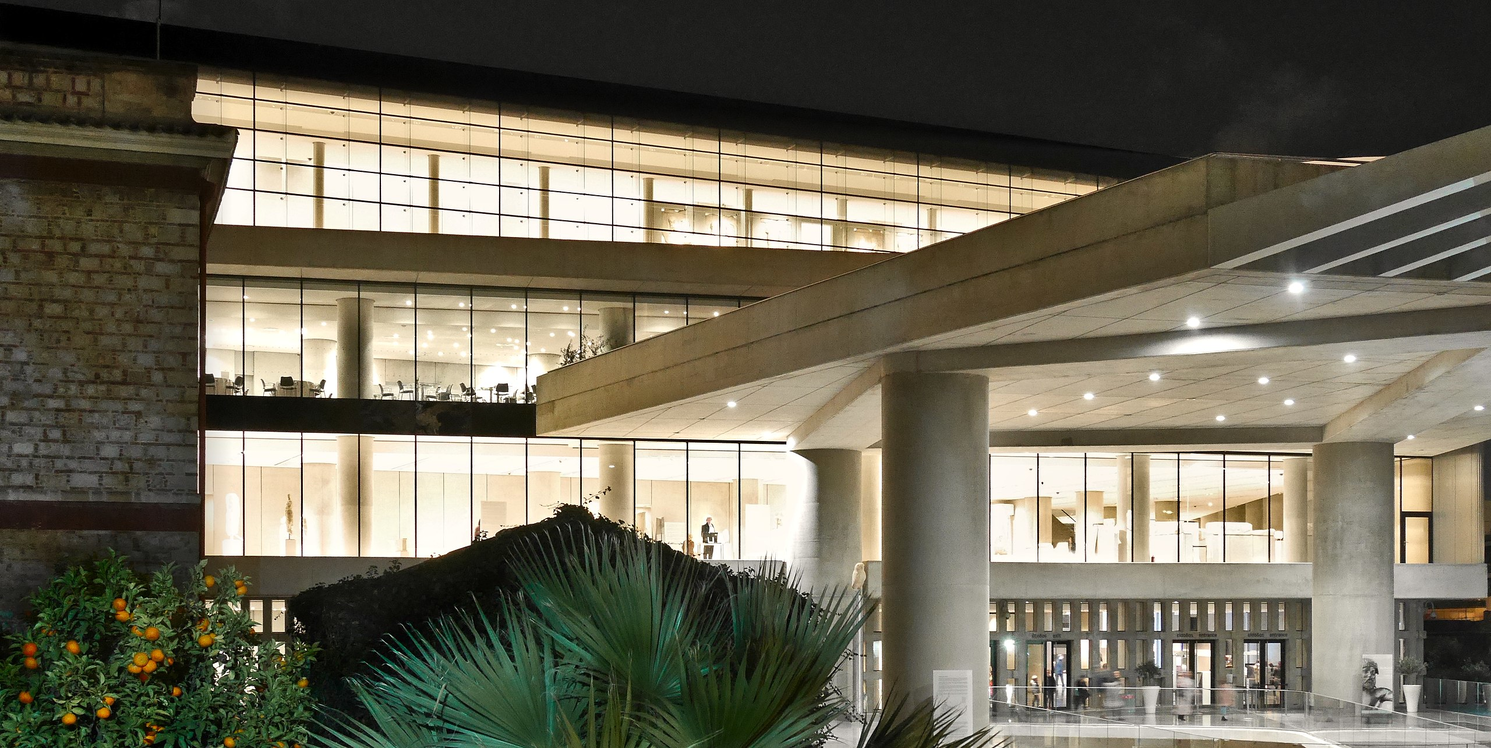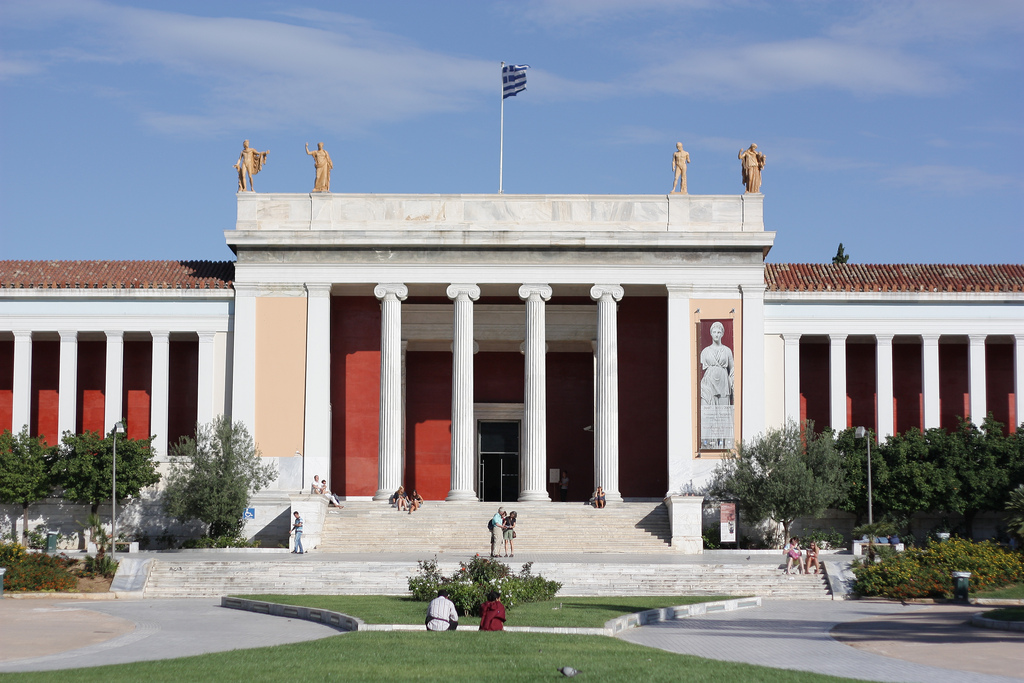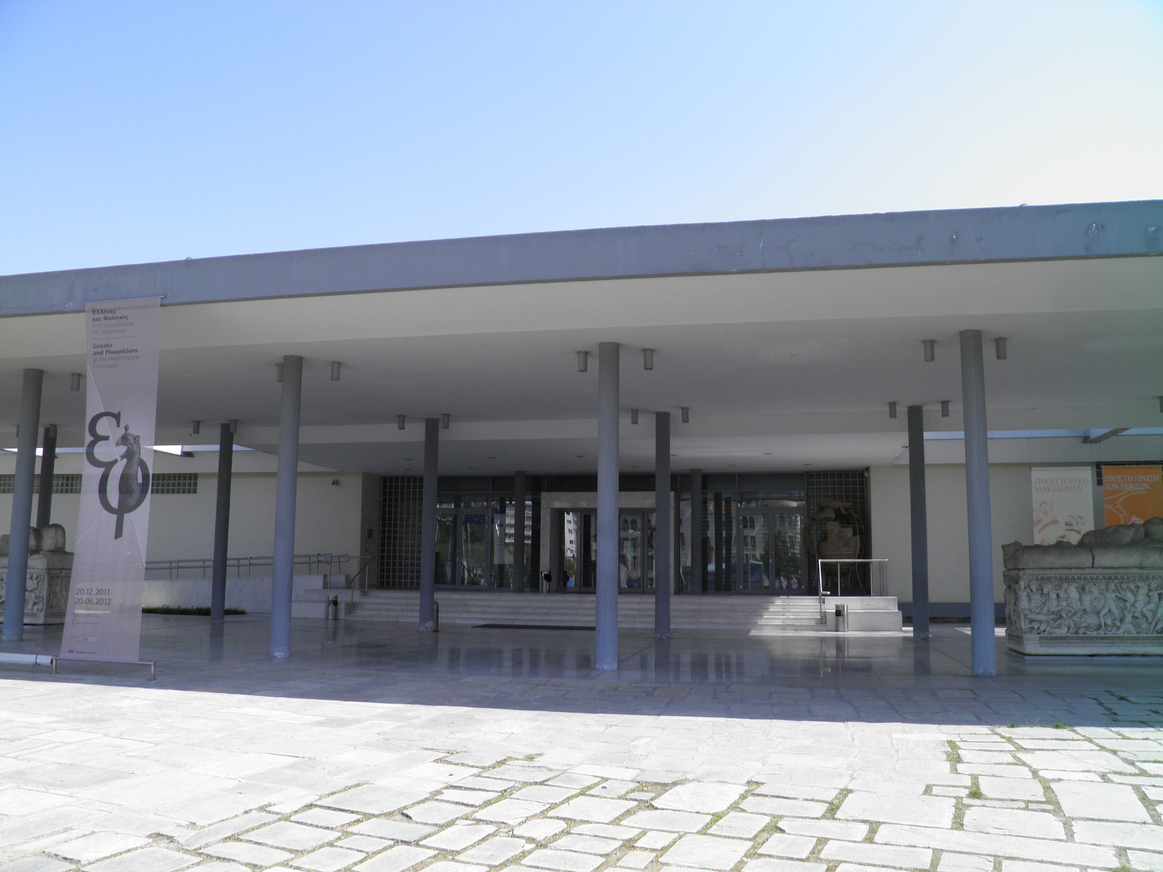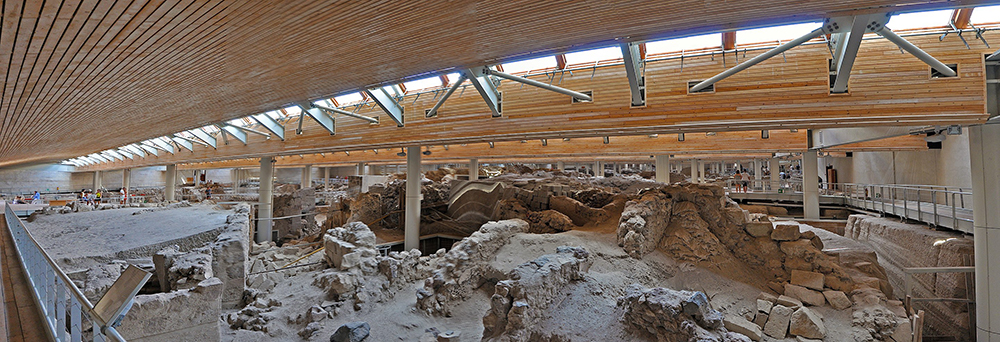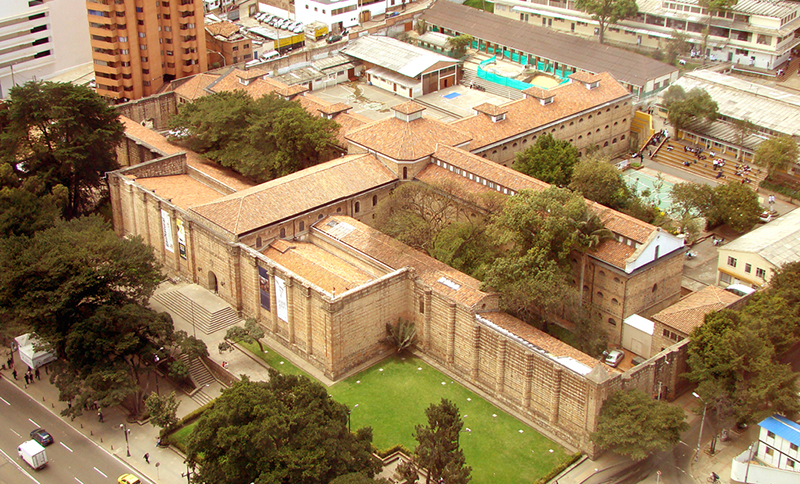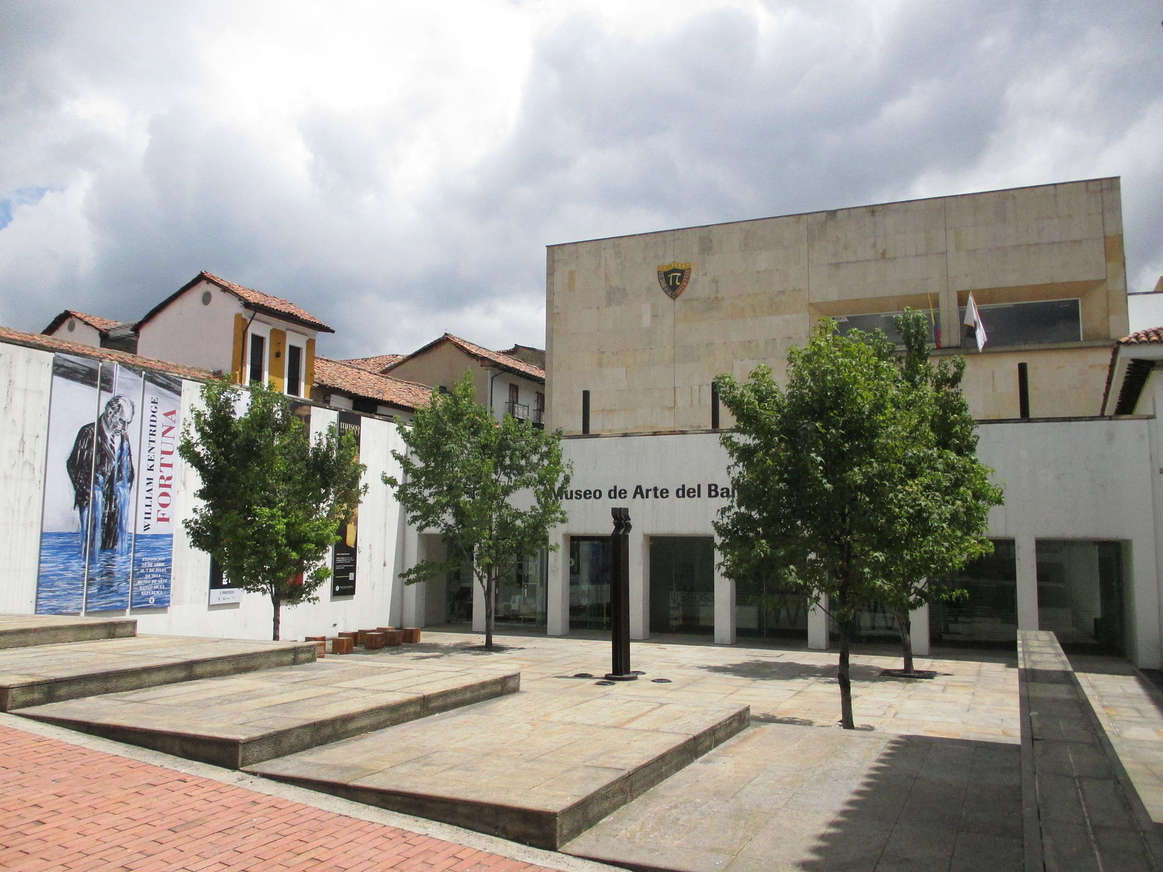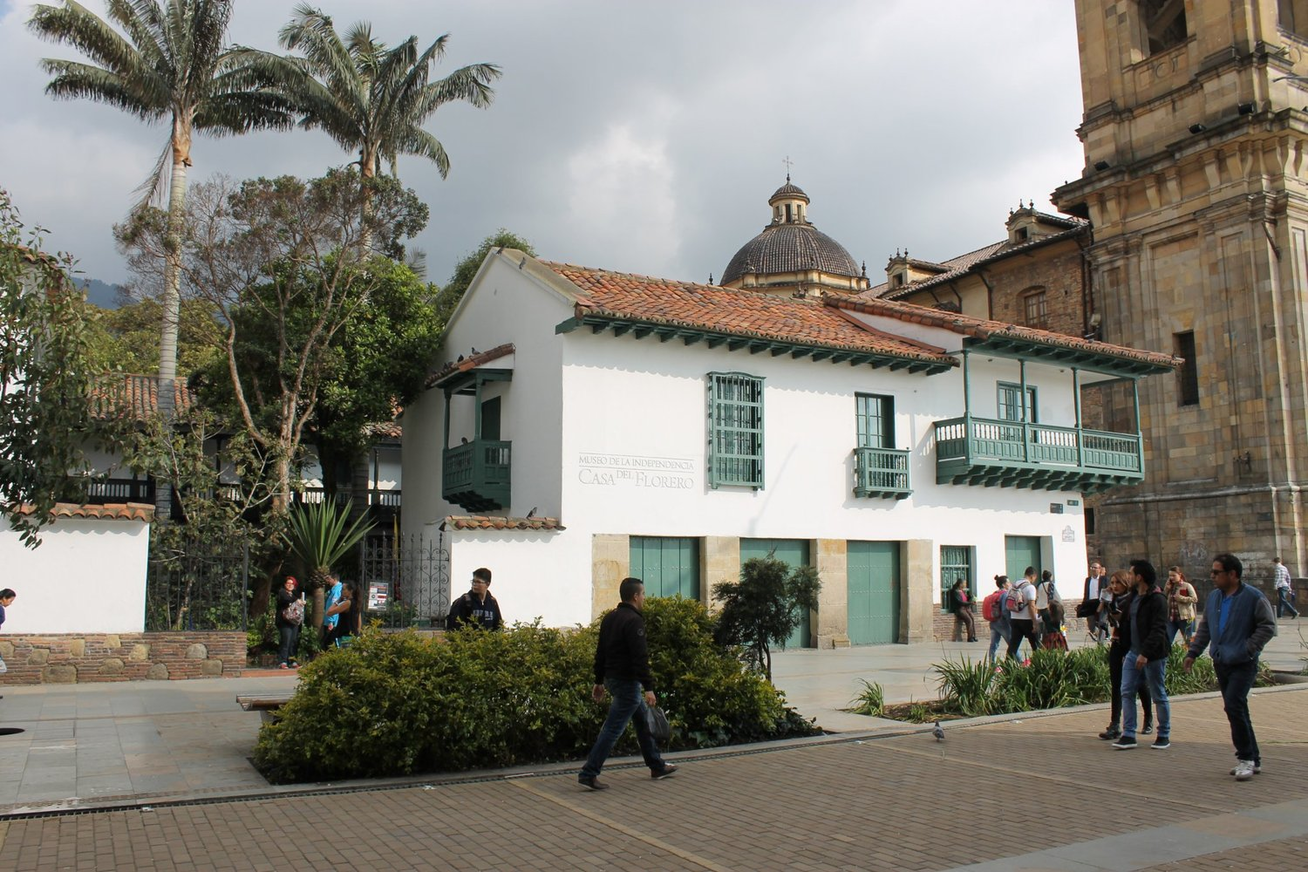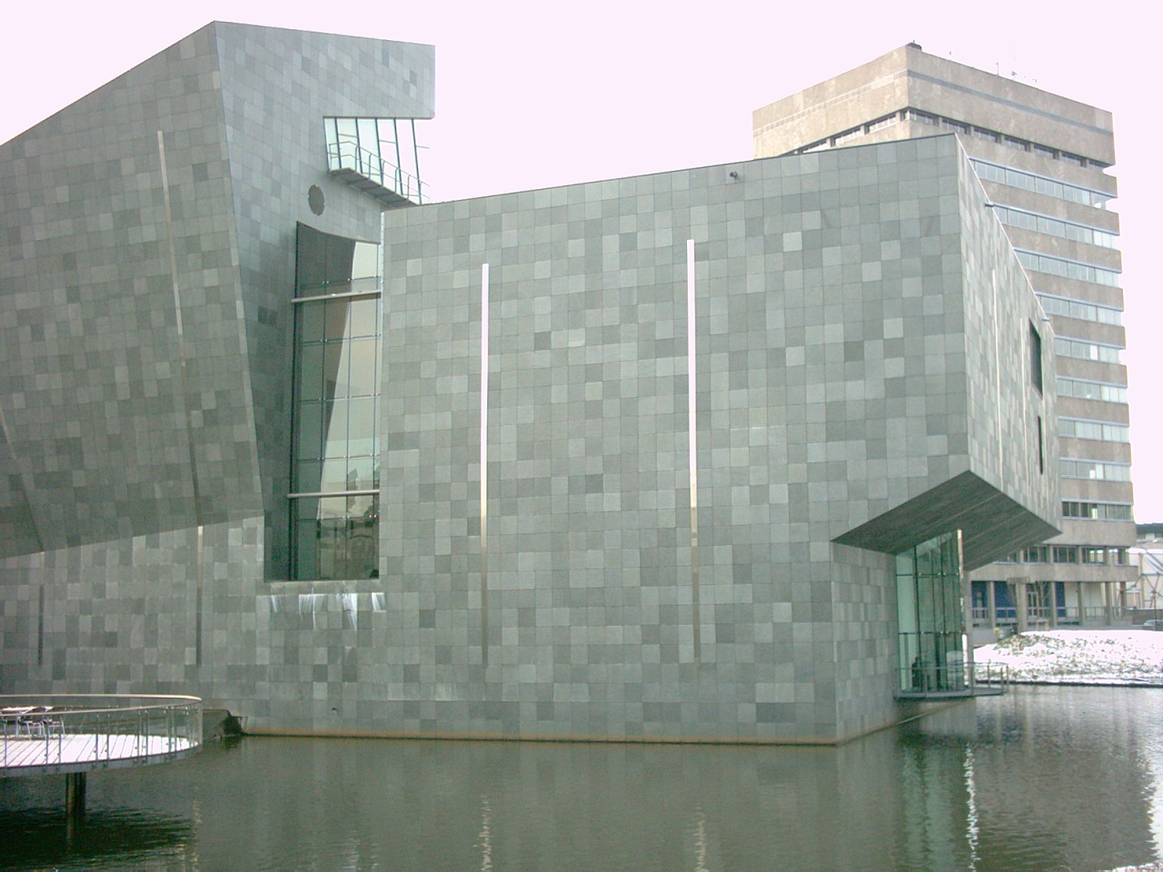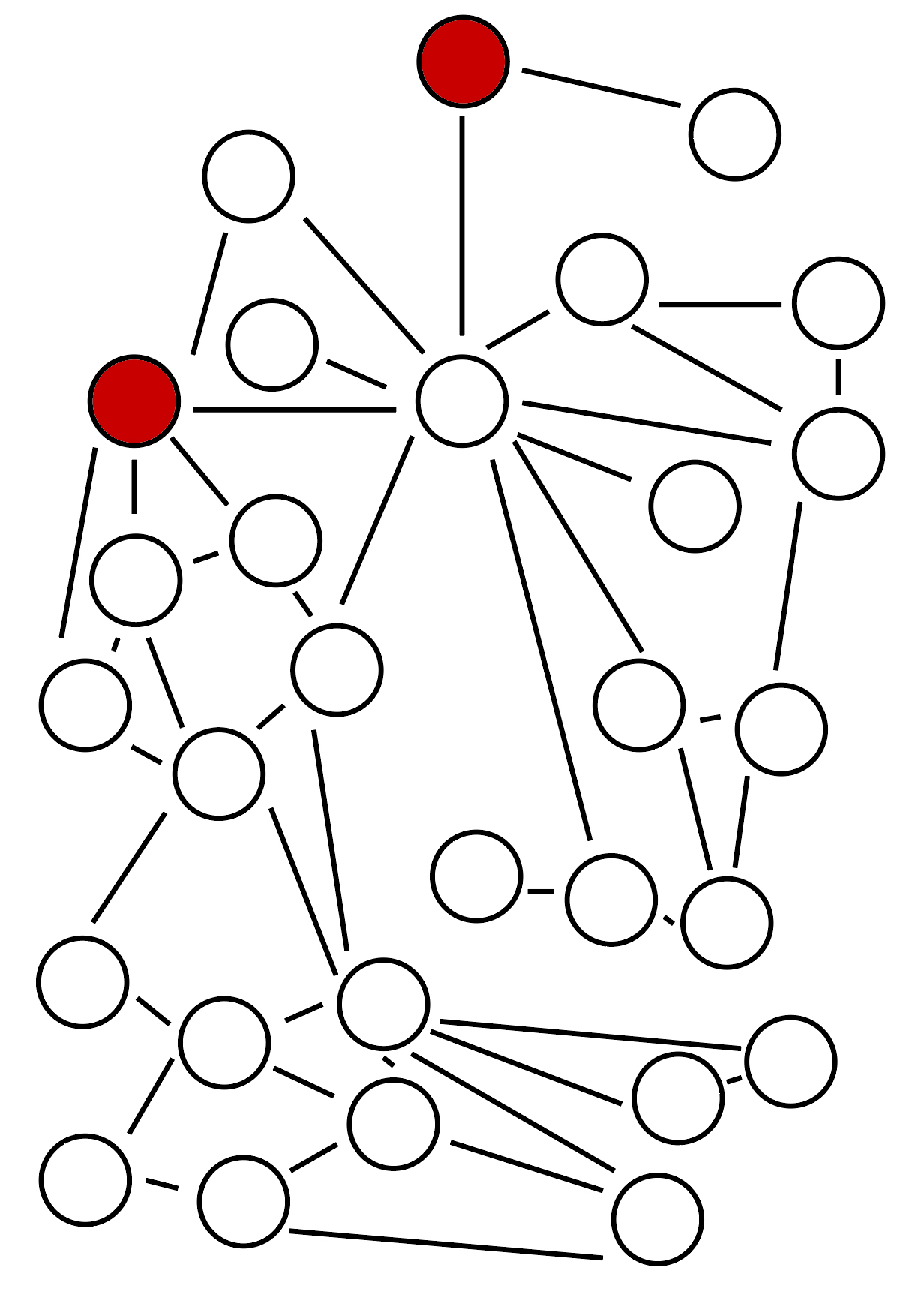Some of the issues explored at the museums during my PhD research.
The focus is on Museu Paulista and The Hermitage (in red).
Yes! It sufficed that I in life could find / Some kind of link and bobolink, some kind
Or correlated pattern in the game, / Plexed artistry, and something of the same
Pleasure in it as they who played it found.
Pale Fire, Vladimir Nabokov.
This exhibition is part of a four-year research project on dozens of museums in Europe and Latin America culminating in the PhD thesis Olhares mediados: Aproximações Empíricas e Emancipadas em Museus, presented in February 2019 at Universidade Estadual deCampinas (Unicamp, Brazil). For the study, a great variety of experimental actions were carried out by me in mostly Historical museums in an attempt to understand these spaces beyond their expository effects and official narratives.
Unlike a historical research on art spaces, this is an artistic study that views the museum not merely as a building, but as a conceptual space containing more abstract layers: the sound of visitors’ steps, the objects stored in cloakrooms, selfies in bathrooms, mid-day naps, among many other peculiarities that make up a type of collection that is informal, without a doubt, but no less valuable. Thus, very little attention was given to the artworks in these museums with the focus being on the surrounding (physical and conceptual) aspects of these spaces.
These approximations followed thelogic of activatingthe concept of "emancipated spectator", developed by Jacques Rancière in his book by the same name. In the work, Rancière transposes a concept from the educational sphere to the artistic sphere, arguing that it is perfectly possible to use the idea of intellectual emancipation – formulated by educational philosopher Joseph Jacotot in the 19th century – for the arts; more specifically, in issues related to the spectator.
An important caveat to consider is: Rancière is specifically interested in the audiences of theater and performance, and not in those of other artistic fields such as literature or visual arts. Therefore, he does not discuss the viewer who stands before a painting inside a museum. His focus lies in “all those forms of spectacle – drama, dance, performance art, mime and so on – that place bodies in action before an assembled audience” (RANCIÈRE, 2012, p. 8). I propose the expansion of this concept by using it outside of the theater context, as a motif of the actions that I have been carrying out in museums since 2014.
The very frequence of Rancière's text points to the possibility (I would even say, the necessity) of continuing the expansion – initiated by the author himself – of the concept of intellectual emancipation. If it was initially transposed from the field of education to that of theater, the idea now is to apply it to the broader field of those who stand, as spectators, before any artistic manifestation.
The first reason to believe in the validity of expanding the concept of spectacle – and, consequently, of using the idea of intellectual emancipation for my experiences in museums – lies in the fact that "the body," used by the author to define the theatrical spectacle, is also present in the museological spectacle. It does not seem of little relevance to me that people’s physical postures change radically inside museums when compared to other contexts. In these spaces, notions of tradition, canon, and officiality act directly upon the anatomy of viewers. This is precisely why some of the experiments carried out for this research nullified or reinforced some of the notions, proposing new interactions between body and museum.
In this regard, the study also approaches concepts from the field of biopolitics, formulated by Michel Foucault and Giorgio Agamben. The artistic experiences discussed in The Museum as Muse: Artists Reflect (March 14 - June 1, 1999), a catalogue organized by Kynaston McShine, senior curator at The Museum of Modern Art (MoMA) were also important for this research. Among these experiences, I highlight those by Claes Oldenburg (Mouse Museum, 1965-77) and Fred Wilson (Art in Our Time, 1998). Finally, taking into account my context (as a Brazilian artist), I must also point out that my non-traditional approach to museums is influenced by the critical and active stance towards history and formal education defended by Brazilian educator Paulo Freire:
The need for a permanent critical attitude is emphasized, the only way in which man will realize his natural vocation to integrate, surpassing the attitude of simple adjustment or accommodation (FREIRE, 1967, p. 44, free translation of the Portuguese version).
Actions included years of discussing with security guards and cleaning staff at these locations; the production of photographs which comprise works displayed on an equal footing with their frames and with the surveillance cameras on the walls; experiences with objects sold in museum gift shops; among many others.
Unlike in my doctoral thesis, here I present a set of experiments carried out mostly in two museums – but with additional examples from other museums on the list.
In part 1, the situation discussed is the closing of an important historical museum in Brazil (Museu Paulista in São Paulo) and fissures that open when its most important artwork sits inside, for years, unavailable to the public. This experience shows how inaccessibility can be transformed into unexpected situations and a collaboration with local artists.
In part 2, I present a radical action to break away from the official narrative imposed by the Hermitage Museum (St. Petersburg, Russia), that contradicts the visual logic of a traditional visit to one of the largest museums in the world: why is the gaze necessarily essential to a museum visit?
Finally, this study would not be possible without the guidance of professors Claudia Valladão De Mattos Avolese (Unicamp, Brazil) and Mika Elo (University of the Arts Helsinki, Finland), as well as the research fellowships Coordenação de Aperfeiçoamento de Pessoal de Nível Superior (Capes, Brazil), Asociación Universitaria Iberoamericana de Postgrado (AUIP) and CIMO Fellowships for Doctoral Studies and Research (Finland).
Enjoy your visit – may your experience at the museum be as non-conventional as the ones I have presented here!
Paulista Museum (São Paulo, BR)
Ateneum, Kiasma and Museum of Natural History (Helsinki, FI)
Arktikum Museum and Korundi Museum (Rovaniemi, FI)
The Hermitage (Saint Petersburg, RUS)
National Museum of Art of Romania (Bucharest, RO)
Museo del Prado and Museo Reina Sofia (Madrid, ES)
Museu Nacional d'Art da Catalunya and Museu Picasso (Barcelona, ES-CT)
The National Museum in Warsaw and Polish Army Museum (Warsaw, PO)
Latvian National Museum of Art (Riga, LV)
Hagia Sophia, Museum of Modern Art and Topkapı Palace (Istanbul, TR)
National Museum of Denmark and Statens Museum for Kunst (Copenhagen, DK)
Acropolis Museum and National Archaeological Museum (Athens, GR)
Archaeological Museum of Thessaloniki (Thessaloniki, Greece)
Akrotiri Museum (Santorini, GR)
Colombian National Museum, Museo de Arte del Banco de la Republica and Museo de la Independencia Casa del Florero (Bogotá, CO)
Van Abbemuseum (Eindhoven, NL).
Museu Nacional d'Art de Catalunya: common areas (siesta) / surveillance cameras / face-to-face limitation.
